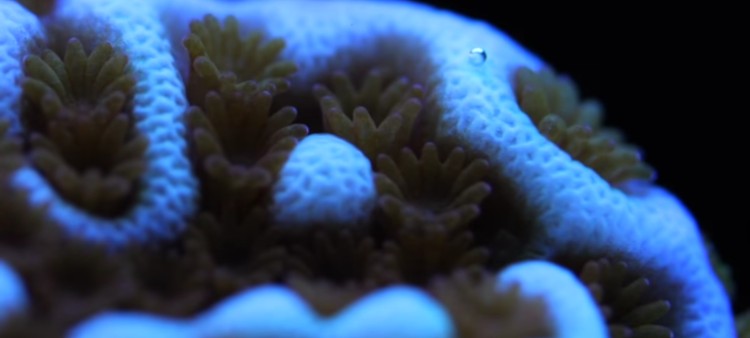Why is Potassium Important For Your Reef Tank?
- Oct 18, 2021
- Anshika Mishra
- 399 0 0

Why should you, as a hobbyist, care about Potassium in your tank? Potassium is a parameter that most of the hobbyist don't pay close attention to. Several publications attribute the blue color in corals to Potassium. If you have been in this hobby for a little while, you'd know that blue is one of the most difficult colors to come across, especially if you are looking for blue coloration that is also fluorescents.
When it comes to water testing, calcium, alkalinity, and magnesium get all the focus and attention. This is because those three parameters have the most influence on the health and growth of stony corals. However, although it is overlooked, Potassium is not a trace element. It is an ion as abundant in saltwater as calcium, but it is far less understood, and it is rarely tested for comparison.
Potassium affects the expression of blue coloration in coral. It is a bit anecdotal but setting that aside, it does impact other aspects of reef biology. So, what does Potassium do?
What Does Potassium Do?
First off, it promotes macro-algae growth as well as those in belly production in corals. It is also used in building stony coral's skeleton as well as processes within the cell. In both cases, it plays only a big part. Even if potassium levels were far below 400 ppm, no difference in the health of the corals, it may be subtle now that's in stark contrast to say calcium, where a drop into the 200ppm range would be very noticeable.
Testing Potassium
There are a few different potassium test kit manufacturers, but all of these are your basic titration. So first off, grab the sample, but the reagent in the sample, stir it, add the next one, and then add the final reagent with a syringe to do the titrations.
Please note how much Potassium is in the syringe, as it will determine the Potassium in the sample. Also, you want to keep string while waiting for the color to change from a slight yellowish color to a blue color. Lastly check, the syringe and then find the corresponding value on the chart.
Potassium: Too Low or Too High?
The fact that you are testing a little high for Potassium is not great. In a study from 2005, the researchers found that potassium levels across several different salt brands or lower than ocean saltwater levels. So looking at this, it is understandable why a manufacturer would err on the side of lower potassium numbers.
Low Potassium is not necessarily a bad thing because the problems that an aquarist might face from levels that are too low are mild and non-specific. High concentrations of Potassium, however, have more severe consequences.
Too much Potassium can lead to a drab appearance in corals as a result of overproduction. Also, excess Potassium can lead to an overgrowth of algae. Most of the time, Potassium levels can be maintained just by doing regular water changes. Still, they can be drained excessively if you are using some ultra-low nutrient system, which would require additional supplementation because bacteria consume Potassium for their biological processes and lowers the value over time as they get skinned out.
But, you should not worry too much about it unless you are running some ultra-low nutrient system because, despite its abundance in saltwater, it has a relatively lower usage rate and is unlikely to be depleted between regular water changes.
So, that is all you need to know for having an overview of Potassium in the reef. Let us know if you have any subsequent queries regarding the topic.
Happy Reefing!






About author